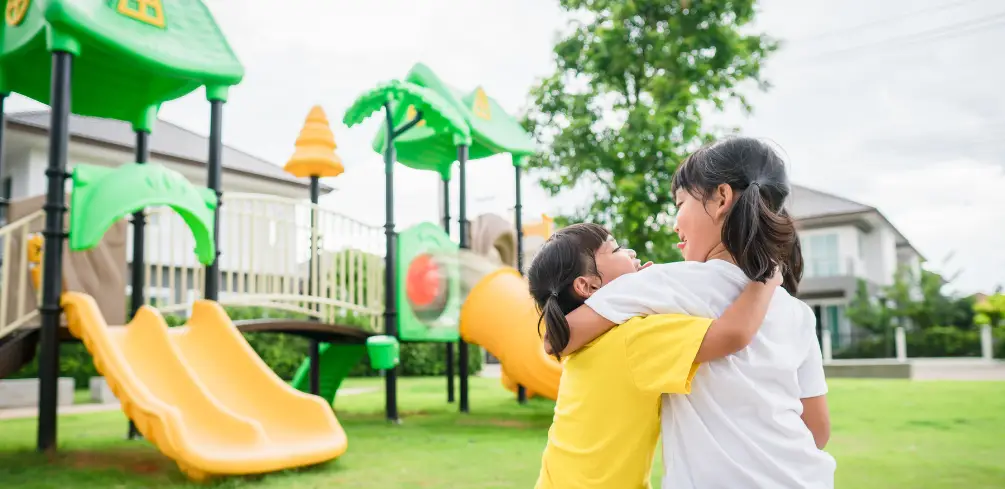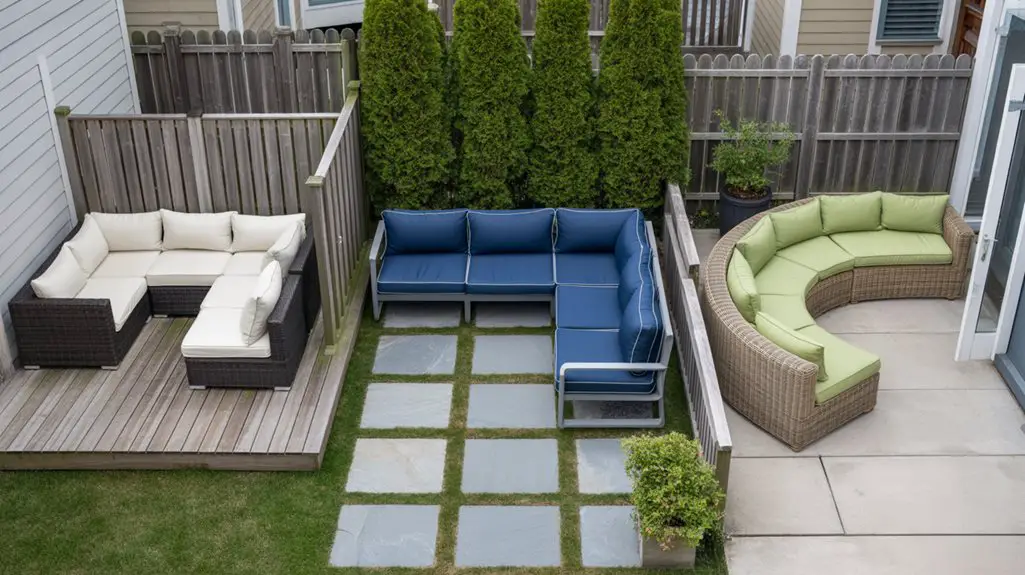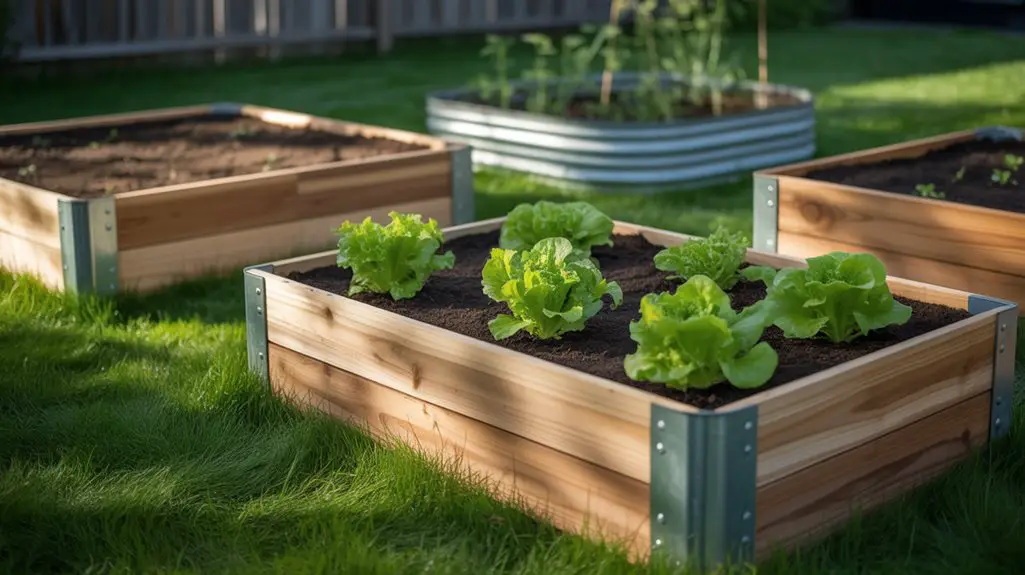Have you ever dreamed of having your very own playground right outside your door, where your children can play and create memories while you keep a watchful eye from the comfort of your home?
If so, installing a playground in your front yard might be an exciting prospect worth considering.
However, before diving headfirst into this project, it’s crucial to familiarize yourself with local zoning laws and regulations, assess the layout requirements for such an endeavor, and ensure that every aspect is safe and age-appropriate for the little ones.
As a responsible homeowner looking to create a fun-filled space for family enjoyment, it’s essential to do thorough research on zoning regulations specific to your area. This will help avoid any potential legal issues or neighborly disputes down the line.
Researching Local Zoning Laws and Regulations

So, you’re thinking about putting a playground in your front yard?
First things first: let’s dive into those local zoning laws and regulations to see what’s allowed!
Zoning laws vary by city or county, so it’s crucial to research the specific rules for your area before making any big decisions. These laws are designed to maintain a certain level of front yard aesthetics and manage community impact, so keep that in mind while researching.
In order to understand how these zoning regulations may affect your playground plans, consider factors like size, height restrictions, setback requirements from property lines or sidewalks, and any necessary permits. Does your desired playground equipment meet these guidelines?
Additionally, think about the appearance of the playground itself – will it blend in with the neighborhood aesthetic or stand out like a sore thumb? Remember that maintaining community harmony is essential when making changes that can affect surrounding properties.
Once you’ve gathered all pertinent information regarding local zoning laws and considered their potential impact on your project’s aesthetics and community reception, you’ll have a clearer idea of whether installing a playground in your front yard is feasible.
Be sure to consult with neighbors if necessary and seek professional guidance if you’re unsure about any aspect of this process
A well-researched plan will help ensure that both you and your neighborhood enjoy the benefits of having an inviting play space without compromising on appearance or functionality.
Assessing Space and Layout Requirements

Before diving into this project, it’s crucial to evaluate the available space and layout in order to ensure a safe and functional play area for children.
Start by measuring your front yard to determine if you have enough room for the playground equipment you wish to install.
Keep in mind that you’ll need adequate space around each piece of equipment for safety purposes, as well as to ensure that the playground won’t obstruct sidewalks or other public areas.
Additionally, consider how your front yard aesthetics will be affected by the addition of a playground – will it blend seamlessly with your current landscaping or require some adjustments?
When planning the layout of your playground, there are several key factors to keep in mind:
- Distance from roads and driveways: It’s important to maintain a safe distance from potential hazards such as moving vehicles.
- Visibility: Ensure that parents and guardians can easily supervise children while they play.
- Drainage: Positioning the equipment on an elevated surface can help prevent flooding issues during heavy rains.
- Neighborhood considerations: Be mindful of neighboring properties and any concerns they may have regarding noise levels or privacy.
Once you’ve determined that your front yard meets the necessary space requirements, take time to think about how you’d like your playground to look aesthetically while keeping neighborhood considerations in mind.
Browse through various styles of commercial or residential playgrounds online; perhaps even visit local parks or schools for inspiration on how their layouts work within their respective environments.
Taking all these elements into consideration will help ensure that your new front yard playground is not only enjoyable for children but also visually appealing and harmonious with its surroundings.
With careful planning, attention to detail, and respect for local zoning regulations, adding a playground can be an exciting way to enhance both enjoyment and curb appeal at home while fostering positive relationships with neighbors who share similar interests in creating child-friendly spaces within their community!
Choosing Age-Appropriate Equipment

In selecting the perfect playtime gear for your little ones, it’s essential to consider age-appropriate equipment that will not only provide endless fun but also ensure their safety and well-being.
Age-specific designs cater to the unique developmental needs of children in different age groups, promoting motor skills, creativity, and social interaction.
Equipment versatility allows for growth and adaptation as your child matures, ensuring that your investment remains valuable throughout the years.
Create a harmonious balance between aesthetics and functionality by choosing pieces that complement the existing architectural style of your home while providing ample opportunity for imaginative play.
As you explore options available on the market, consider materials that are both durable and visually appealing – think natural wood or vibrant colors that can withstand weather fluctuations.
Be mindful of zoning regulations in your area; familiarize yourself with any restrictions concerning height limits or setbacks from property lines to avoid potential obstacles during installation.
By thoughtfully selecting age-appropriate equipment designed to grow with your child, you’ll create an engaging space where they can safely learn and thrive.
Keep in mind how each piece contributes to their overall development while seamlessly integrating into your front yard aesthetic.
With careful planning and consideration of local regulations, you’ll be able to craft a delightful playground experience tailored specifically for your family’s needs – right there in the comfort of your own front yard!
Prioritizing Safety Features

When you’re creating that perfect play area for your little ones, it’s crucial to prioritize safety features to ensure their well-being and peace of mind.
A safe playground starts with choosing the right equipment, but there are several additional aspects you’ll need to consider.
These include:
- Safety surfacing: To minimize injuries from falls, invest in shock-absorbing materials like rubber mulch, wood chips, or synthetic turf.
- Fencing options: Enclose your play area with a fence to keep children contained and prevent them from running into the street or other hazards.
- Adequate lighting: Ensure the play area is well-lit so kids can see potential obstacles and avoid accidents during evening hours.
An aesthetically pleasing and detail-oriented approach can help make safety features more appealing while still complying with zoning regulations. For instance, when selecting fencing options, consider using materials that complement your home’s exterior design.
You might opt for a classic wooden picket fence or sleek metal panels – as long as they meet height and sturdiness requirements outlined by local ordinances.
Similarly, choose safe surfacing colors and patterns that blend seamlessly with your landscape design.
As you put together your front yard playground, always remember that striking a balance between fun and safety is essential. Take time to regularly inspect the equipment for signs of wear or damage and promptly address any issues.
Educate your children on using each piece of apparatus safely so they can fully enjoy their new outdoor space without unnecessary risk.
By giving careful thought to every aspect of your playground project – from age-appropriate equipment choices to robust safety measures – you can create a delightful haven where happy memories will be made for years to come.
Obtaining Necessary Permits and Approvals For a Playground

You’ll need to jump through a few hoops and obtain the necessary permits and approvals before turning your dream play area into reality.
Start by checking with your local city or county government for zoning regulations and permit requirements for residential playgrounds.
Permit costs can vary depending on the size and complexity of the project, so it’s essential to factor that into your budget.
Additionally, some locations may have specific guidelines regarding the placement of structures in front yards, which could impact your playground design. Neighbor considerations are also crucial when planning a front yard playground.
Informing your neighbors about your intentions allows them to voice any concerns or suggestions they might have, fostering goodwill among everyone involved.
If possible, try incorporating their feedback into your design plans to ensure harmony within the community. It’s important to be knowledgeable about any potential neighborhood association rules as well since these can directly affect the approval process.
Once you’ve researched all necessary regulations and gathered input from neighbors, it’s time to submit permit applications and wait for approvals before beginning construction.
Be prepared to provide detailed plans of the proposed playground layout along with materials used, safety features incorporated, and any other required documentation specified by local authorities.
Keep in mind that patience is key during this stage – obtaining permits can take time but securing them will ensure that you’re creating a safe play space while abiding by local laws and maintaining positive relationships with those living around you.
Conclusion
In the end, creating a front yard playground is like piecing together a giant puzzle. You must consider local regulations, space limitations, age-appropriate equipment, and safety features.
By being detail-oriented and knowledgeable about zoning laws, you’ll be able to design an aesthetically pleasing play area that meets everyone’s needs. Remember to obtain any necessary permits and approvals before breaking ground on your fun-filled project!




